In the fast-paced and intricate world of fashion, successful businesses rely on efficient management of their operations. To achieve this, many fashion companies are integrating their Product Lifecycle Management (PLM) software with Enterprise Resource Planning (ERP) systems. The integration capabilities of fashion PLM allow for a seamless flow of information, enabling businesses to connect the dots and have a complete picture of their operations.

In this article, we will explore how the integration capabilities of fashion PLM with ERP systems provide invaluable insights and help businesses thrive.
More companies every day understand the value of digitalization. According to McKinsey& Company report, fashion companies are expected to double investment in technology by 2030 to keep up with digital natives and to create a competitive edge.
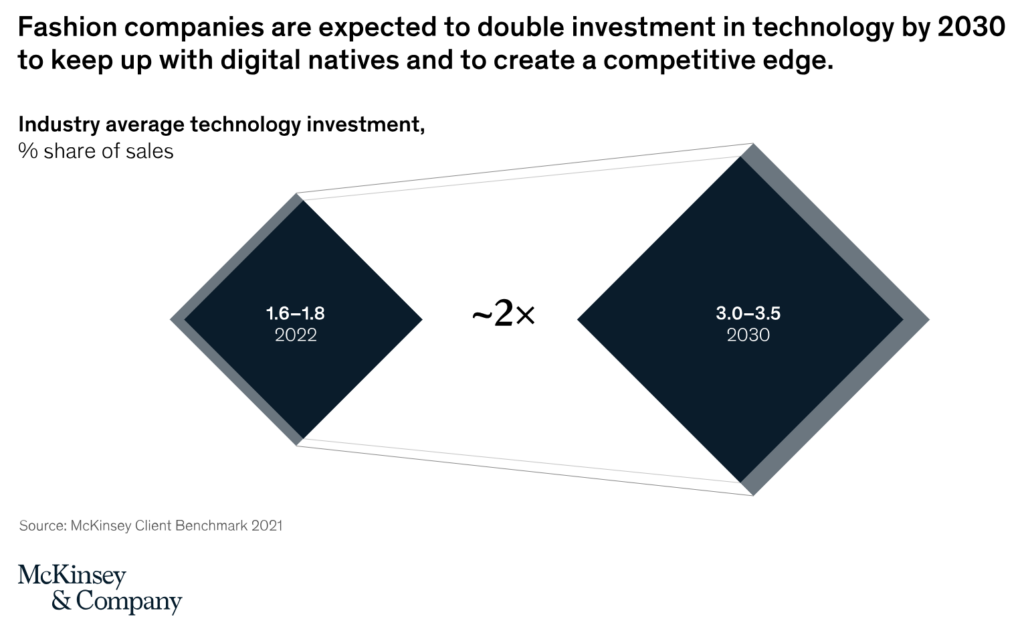
Given the anticipated uneven recovery from Covid-19, companies need to maintain flexibility and prioritize digitalization by implementing both PLM and ERP solutions. This will enable them to swiftly respond to market needs and ensure optimal management of internal processes.
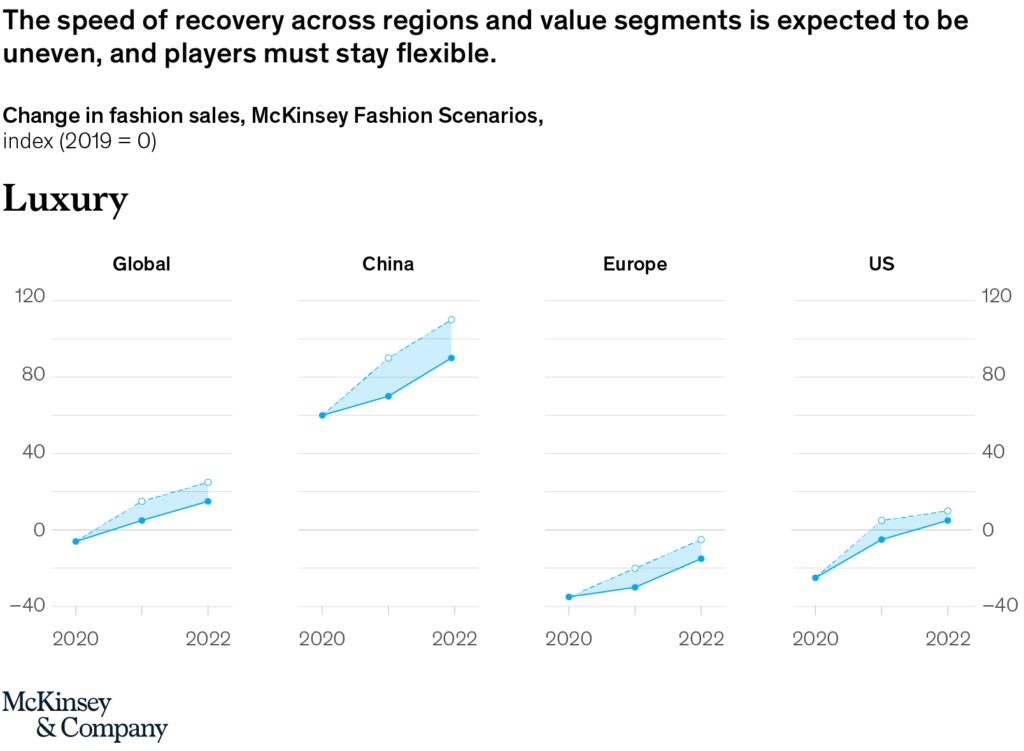
Lets dive deeper into understanding ERP in Business
Enterprise Resource Planning (ERP) systems are widely used in the fashion industry to manage core business processes such as finance, accounting, procurement, human resources, and inventory management. ERP systems act as a centralized database, consolidating data from different departments and enabling efficient resource allocation, tracking, and reporting. They provide a holistic view of the organization’s operations, fostering better decision-making and resource optimization.
The market is filled with numerous ERP providers, making it challenging for companies to make a choice. We recommend considering easily customized solutions that can prevent disruptions in your business processes and minimize errors as your company grows.
The Role of PLM in Fashion Business
Product Lifecycle Management (PLM) software specifically addresses the unique needs of the fashion industry, covering critical processes from design to production and beyond. PLM enables fashion businesses to manage product data, collaborate with stakeholders, streamline workflows, and track the entire lifecycle of a product. It enhances efficiency, reduces time-to-market, and improves collaboration across teams and external partners. According to Delloitte, the PLM adoption by the Fashion company can bring numeros benefits.
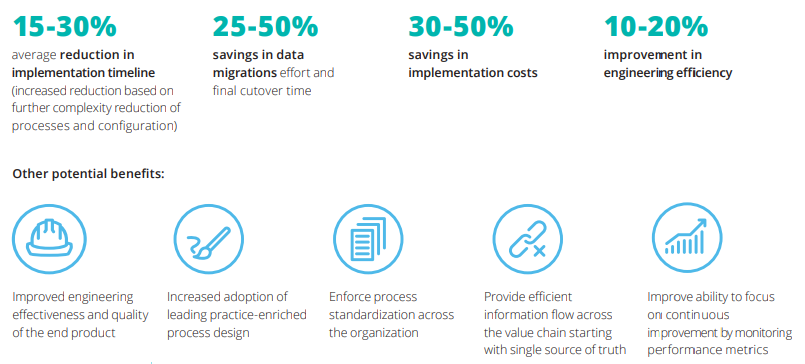
Integration for a Complete Picture
Seamless Data Flow: Integrating PLM with ERP systems enables a smooth exchange of data between the two platforms. This integration eliminates the need for manual data entry and reduces the risk of errors, ensuring that accurate and up-to-date information flows seamlessly throughout the organization. From sales and inventory data to production schedules and financials, the integration provides a comprehensive and real-time view of the entire value chain.
Improved Resource Planning: By integrating PLM with ERP, fashion businesses gain valuable insights into the availability and utilization of resources. This integration allows for better forecasting and planning, ensuring that production schedules align with inventory levels, raw material availability, and market demand. With a complete picture of resources, businesses can optimize their production processes, avoid stock outs or overstocks, and minimize waste.
Enhanced Supply Chain Visibility: The integration of PLM and ERP enables end-to-end visibility across the supply chain. Fashion businesses can track orders, monitor shipments, and manage supplier relationships seamlessly. This integration helps identify bottlenecks, streamline procurement, and ensure timely delivery of materials. Moreover, with improved visibility, businesses can make informed decisions regarding sourcing, production, and logistics, leading to cost savings and improved customer satisfaction.
Efficient Compliance and Reporting: Integration of PLM and ERP systems simplifies compliance and reporting processes. Fashion businesses can track and manage regulatory requirements, certifications, and sustainability initiatives seamlessly. The integration ensures that relevant data is captured, consolidated, and readily available for reporting purposes. In addition, this streamlined approach reduces the risk of compliance violations, improves accuracy, and saves time and resources spent on manual reporting.
Real Life example from Wave PLM
Imagine a fashion company that manufactures and distributes clothing. They have separate systems for product design and development (PLM) and managing their financials, inventory, and sales (ERP). Prior the company faced challenges with manual data entry, discrepancies between departments, and delays in obtaining accurate information.
Once the company integrates their PLM and ERP systems, the benefits become evident: The seamless exchange of data between the two platforms eliminates the need for manual entry and reduces the risk of errors.
For instance, when the design team creates a new product in the PLM system, the information is automatically transferred to the ERP system. It includes all relevant details such as materials, specifications, and production timelines.
As a result, the company gains a comprehensive and real-time view of the entire value chain. This enables accurate demand forecasting, streamlined production planning, and efficient inventory management. The integration of PLM and ERP systems provides a holistic view of the business. It allows the company to identify bottlenecks, optimize processes, and make informed strategic decisions.
Conclusion
To sum up, the integration capabilities of a fashion PLM with ERP systems provide fashion businesses with a complete picture of their operations. By seamlessly connecting the dots, this integration enables businesses to optimize resource allocation, and streamline workflows. It also enhances supply chain visibility, and improves financial management. With digital tools, fashion companies can make data-driven decisions, reduce costs, and drive overall efficiency and success. Embracing SaaS technology is a vital step towards achieving a competitive edge in the dynamic fashion industry.

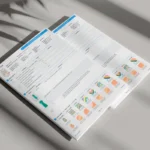
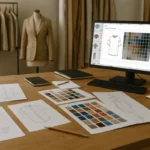


Leave a Reply